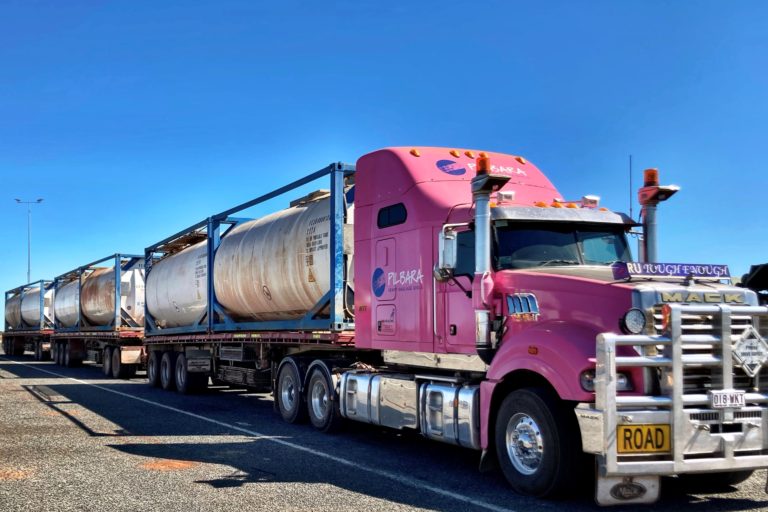By Neena Bhandari
Sydney, 5.11.2011 (Business Standard): Australia’s leading telecommunications and information services company, Telstra, has entered into a joint venture with Microland, a specialist information technology (IT) infrastructure services provider with operation hub in India, to provide international and national long distance telephone and internet services. Telstra International’s Director, global products and marketing, Nathan Bell, speaks to Neena Bhandari from Singapore about the company’s India plan. Edited excerpts:
Why did Telstra choose to enter the Indian market at this juncture?
Telstra has reintegrated the reach assets back into the Telstra International business and because of that we have now got significant cable and infrastructure in other countries. One of the countries where Telstra International actually didn’t have a full set of licenses was in India. There was an infrastructure part under reach in terms of being able to service our customers on an end-to-end basis. We therefore needed the International Long Distance (ILD), National Long Distance (NLD) and Internet Service Provider (ISP) licenses. So though it is a late venture of Telstra into India, it is actually part of our overall timeline that is progressing to the point that we have so that now that we’ve integrated the assets Now that we have have the license, the next step is deployment and setting up of our network.
How easy or difficult was it to get the licenses?
It was pretty much similar to other markets. Every market in Asia is unique in terms of its requirements and what it is expecting. We have basically gone through the same process. And I guess I’m fortunate having gone through this process now I think three times for the various carriers I worked for, I am quite familiar with what the expectations are. It is sort of making sure that we dot the i’s and cross the t’s. The timing is really crucial in the overall plan.
How much were the licenses worth?
I am afraid, I can’t really divulge that at the moment.
What future growth plans does the company have for the Indian market, say for the next five years?
Our growth plans are basically focused on making sure we meet the needs of our customers. We are targeting a number of key verticals at Telstra International. The first one is obviously serving the needs of Australian MNCs (Multi-National Companies) who are expanding more into Asia. Definitely there is a large Indian component to that that we are being tasked with certain requirements, but most importantly Telstra International is also focusing on a number of key verticals in the space of financial and professional services, media and content, mining and resource and basically facilitating the requirements of other carriers internationally or in the region.
Our growth plan in India is initially starting services to seven cities and then continuing to expand that coverage, which is really dependent on our customers and we have a number of customers today that we serve into India through network interconnects with operators. The part of the reason for us expanding into India in this way is to make sure we can start to capture the requirements of more complex solution moving forward so it has been quite interesting. If you look at the trend of technology data was just one of the different types of technology that you would consider.
Today it is the underlying foundation of all types of services and in so doing we need to make sure that we have in-country coverage to meet our customer requirements as we seek to provide integrated communications solutions across voice, video and data.In terms of our growth plans, we are quite fortunate that we have significant amount of capacity that lands in India from the various cable systems that we own in terms of the diversity of cable capacity that Telstra has going into India from Europe, Singapore and Malaysia. Our goal is to make sure that we can help our customers leverage that infrastructure in the most effective way and continue to support the growing needs of our customers across that suite of services.
How competitive will your prices be to make a dent in what is already a very robust market?
Our prices will definitely be competitive. I guess, by being a little bit later than some of our competitors into this market gives us the chance to see where are the competitive rates at based on what we have been working with our partners on at the end environment. The other angle is that we are using multiple network partners to buy the infrastructure from between the different sort of core cities. That is giving Telstra a very strong positioning statement with regards to keeping our various partners competitive with each other and secondly, that’s ensuring that we have diversity across the sitesright down to the physical cable level. Combining the knowledge about the market and combining the fact that we are leveraging Telstra’s own submarine cable capacity makes us very confident that we will be competitive from day one.
Why did you choose Microland?
Microland and Telstra do actually have a history together. Microland supports some of our customers’ remote management today through their services and likewise we are engaged with them with some of our IT services that we offer and how they support that. I guess, there is an almost natural willingness from both parties to see how we can partner up from that perspective.
Will Microland take care of the infrastructure?
The infrastructure will be managed by our service staff in India leveraging the tools platform from our operation centres in other parts of the world. We already have a very successful infrastructure management team located in different parts of the globe. We are adding the resources to that in India to make sure we are closest to customers and our suppliers make sure we are as responsive as we can and need to be for our customers and that is how we are going to be managing that. We didn’t really feel that there was a need to add more complexity to the environment by having another organisation looking after the local infrastructure.
Would you be employing people in India?
Yes, we are hiring a number of people. I can’t tell you the exact number. We are hiring product managers, marketing managers, sales people, pre-sales people and customer service people, operations and field services staff. We are starting out here and we are focusing on having our core people in each of the core cities we are servicing our customers from. Mumbai and Chennai being our core gateways into and out of India, a number of our service staff will be based there.
As our customer needs continue to expand and the complexity continues to grow we will seek to add more people. This is a first step in a fairly elaborate journey that we are going to be embarking on in India. Watch this space in the next 6-8 weeks when we will announcing the new services that we will be launching, new tools that we will be providing, which will be all driven as part of the growth strategy that we have for India. In people, services and platform.
Will you be having a huge advertising campaign in the next six to eight weeks?
We are not really looking at a consumer play here. It is very much focused on the business. So we do have an awareness programme that we will be running ensuring that our customers and those businesses we have dealt with before understand the value that Telstra provides and the consistency of service experience Telstra provides all across Asia because of the nature of the diversity that Telstra has taken from the sub-sea levels in the cables all the way through to planning stations back into core cities and and then diversity within those cities as well as the common service stack that we are deploying across cities knowing that wherever they are going they’ll have the exact same capability offering that they can access.
We will be running an awareness programme in terms of being able to articulate, demonstrate what Telstra can do both for businesses originating from India given that lot of Indian companies are starting to rapidly expand internationally, following the first few large business that did that. Likewise we continue to see India as a big investment market for lot of businesses as well. So it’s about driving awareness of how we’re going to best serve those customers.
What kind of investments will you be making in India?
We are investing in back hall infrastructure, intra country infrastructure in terms of network capacity, co-location infrastructure and a full suite of platforms that we are building in India right from IPL EPL – bandwidth type services – through managed services such as VPN and VoIP and then moving forward into value-add services as well. You can get a sense that this is a significant investment for the business.
This investment we are making here is very much part of a progressive strategy we have to make sure that across all markets in Asia we have a common set of licenses that gives us a local contracting and building capability. It provides our customers with a consistent service approach and experience whether they are business based in India expanding out across Asia, which remains the key growth market for all business in the world and also provide our clients in other parts of Asia as well as those coming into Asia from Europe and US with the connectivity and the solutions into India as well.
© Copyright Neena Bhandari. All rights reserved. Republication, copying or using information or photographs from neenabhandari.com content is expressly prohibited without the permission of the writer and the media outlet syndicating or publishing the article.


